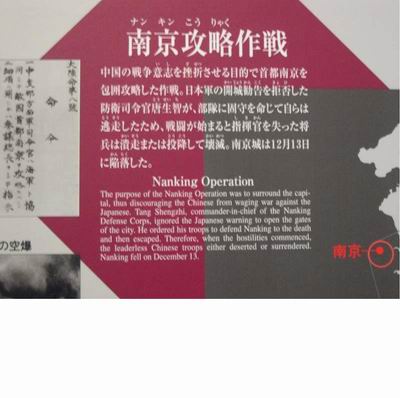OK, so everyone’s mad about the stupid history books that no one uses? That’s fine, but let’s not forget the real story. In no more than a few short years after just beginning to institute educational reforms known as “Yutori Kyoiku” (Education with room to breathe), Japan’s OECD math test scores plummeted down to number two. Making matters worse, they lost out to KOREA of all countries. These developments, along with fears of rising crime by Japan’s youth, have begun a nationwide debate about the benefits of Yutori Kyoiku versus the traditional system we’re all familiar with.
Responding to the new trends in education, textbook makers have been struggling to stay relevant to youth while fulfilling the central government’s policy requirements (ie: passing the inspection). In with the crop of textbooks that were recently approved were a few strange ones. ZAKZAK has more:
A fly in the ointment? “Masturbation” passes textbook examination
“Doraemon” and “Masturbation” are OK, but you can’t use “Tama-chan”?! The content of approved textbooks to be used this spring in middle schools was released April 5. Among the textbooks is a health text that tells of “masturbation” as “the self-pleasuring of a woman”. However, mentions of the character “Tama-chan” from the popular manga/anime Sazae-san were not approved for use in classrooms.
Here are some more odd entries helpfully pointed out by Yomiuri Online:
Chat Smileys, Today’s Japanese: you can read all about them in the new approved textbooks for junior high students
“Ions”, “Heredity”, “Inequality” — “Progressive” curricula that did not exist 4 years ago have returned to the Education Ministry inspections
Here are the new junior high textbooks released to the public April 5th. With contents that surpass upper-level students and exceed the Education Ministry guidelines, there are also many pages devoted to review of elementary school material. As the aptitude of students becomes increasingly polarized, voices of confusion as to what to do with shrinking classroom time mixed with the welcoming of these new texts.
◆Smileys
Multiple publishing companies have published tables showing the differences between Japanese and English-language “smileys” such as “laughing face”, “crying face”, and “winky face”, considered useful for Japanese students communicating with foreign friends in English. Japanese smileys use round parentheses to simulate the outline of a face from the front, but in English-language smileys symbols such as “:” and “;” are used as eyes and the face is displayed sideways.
◆Equal representation of gender
An English textbook for second-year students introducing various occupations drew concern from inspectors that “it was lacking necessary consideration for a society of equal participation of the sexes” — of 30 occupations displayed only 6 of the illustrations were of women. Because of this, the textbook company changed 9 of the illustrations, including a police officer and a lawyer, from men to women, and the result was 14 men, 15 women — almost equal except for the astronaut whose sex is unclear.
◆The ever-changing Japanese language
For Japanese instruction, one company released 3 books that touch on the corruption of Japanese in sections such as “today’s manner of speech”. In one part, written by popular TV host Kajiwara Shigeru, questions modern usage by comparing phrases such as 「こちら味噌(みそ)ラーメンになります」 (“Here’s your miso ramen.”) and 「こちら味噌ラーメンでございます」 (“This is miso ramen.” [tr: ROUGH translation, no questions please]), asking readers, “Which store would you rather eat at?”
◆Frogs
One textbook brings back “frog dissection” to science classrooms. This first appeared in Ministry of Education guidelines in 1958. Since then it was widely used, but criticisms that it “goes against the principle of respect for living things” caused it to show up less and less, and it has been absent from modern textbooks. The editor explains, “We included it in the interest of putting in as much material as possible, but we put it at the end since there was some resistance to including it in the main text.
◆Separate last names for married couples
There was a textbook in use that portrays separate last names as one possible choice for when people get married, but the Education Ministry changed its inspection policy to “the legalization movement for separate last names has stalled because there are arguments for and against it“, and has issued opinions stating that text previously approved “may give the mistaken impression that separate last names for married couples has been achieved”. The textbook company involved removed it from the list of options.






